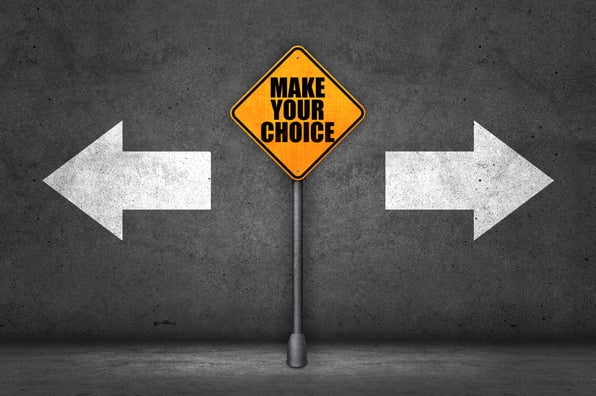How to Choose the Right Paper for Your Printing Project

Did you know choosing the right paper during the production process is just as important as the design being printed on it? In some situations, the quality of paper could change the final direction for the design of your product (i.e. brochure or catalog). Or, if budgeting is a big factor, you may have to consider what you want your end product to look like, and what will be the most cost-efficient and high-quality paper for your project.
There’s a science to paper quality. That’s why we’ve broken down the different factors that go into making quality paper so you can make a quality end product. Make sure to take these factors into consideration when choosing the paper for your next project:
Weight: The weight of paper is measured in pounds of about 500 sheets known as a ream. Once it’s cut into the standard size, it’s known as the base weight. The weight of the paper is a way of measuring the density of the paper. A standard paper weight (e.g. faxes, printing emails, drafts, etc.) is 20 pounds, while a heavy paper weight (signs, heavy coverage documents, double-sided printing, etc.) is 28 to 32 pounds.
Caliper: The thickness of the paper is considered the point size. Each point is one thousandth of an inch. A standard piece of paper is 4 points, or .004 inches, and a business card, which is usually a thicker stock, would be 14 points, or .014 inches.
Brightness: Brightness is determined by the amount of blue light that is reflected, measured by wavelength. Brightness is measured from 1 to 100. Therefore, paper that has more brightness will display brighter colors and higher contrast.
Whiteness: Whiteness is the amount of light that reflects equally off all wavelengths in the visible spectrum. Paper can have a color tint with yellow or blue hues. The whiter the paper appears, the more brightening agents that have been placed on it. And depending on the hue beneath the agents, the paper may fade into the yellow or blue hue over time.
Paper stock: Varied thickness, densities, and paper qualities make up the different types of paper stock available for print. For example, “Newsprint,” is a small point size and denser quality paper used for newspapers while “Cardstock” is a larger point size and used for booklet covers, posters, and invitations.
Coated paper: Coated paper allows ink to be precisely absorbed by the paper. Most photo papers are coated on one side. However, depending on the project, the paper could be coated on both sides.
Gloss: Gloss papers are coated with emulsion. This adds depth to the paper, as well as richer and brighter colors. Gloss is most commonly used for photo papers.
Matte: Matte paper is more dull and has minimal shine. Matte finished paper is generally smooth and has little to no texture. There is also higher grade matte paper which is capable of producing high-quality, detailed images or photos.
The next time you begin a printing project, make sure you take these factors into consideration. Here at Rex, we make sure to provide our clients with the highest quality products, such as Neenah Paper, which take your printing projects to the next level. Have a printing project in mind already? Call one of our experts. We’ll be sure to provide you with the best options to maximize your success.
